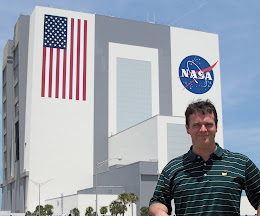Falcon 9 lifts-off on Friday from America's Space Coast. photo: SpaceX
CAPE CANAVERAL, Fla. -- A private spacecraft en route to resupply the International Space Station experienced the failure of several thrusters a minute after arriving on orbit leaving it's future uncertain.
Space Exploration Technologies Inc. or SpaceX CEO Elon Musk stated that blockage of oxidizer pressurization on the Dragon supply craft's thrusters is "the preliminary guess" of what caused the thrusters to fail off.
"Dragon is in orbit and is stable," SpaceX president Gwynne Shotwell confirmed at the start of a mid-afternoon news conference on Friday.
By 4:00 p.m. EST on Friday, thrusters on pods 1 thru 4 were back online with more tests ahead. There are five thrusters on pod 1 and four thrusters on pod 4. Pod's 2 and 3 each carry four thrusters.
However, Saturday morning's planned grapple by space station astronauts has been delayed until no earlier than Sunday morning for now.
Both NASA and SpaceX deferred to comment on exactly when it will be safe for Dragon to make it's approach to the space station.
NASA did state that they can allow Dragon to approach for berthing up until around March 13. After the thirteenth, the station's attention will turn toward the departure of three of the space lab's six crew members on March 15. The next available Dragon approach would then be allowed after March 17.
Musk added that Dragon could stay in orbit for several months, however he would not keep the craft aloft that long. Musk said he would keep Dragon in orbit for one month to support berthing.
Dragon is carrying over 1200 pounds of oxygen, food, fuel and science experiments which it will deliver following docking.
The Dragon supply craft arrived into an elliptical orbit of 123 x 199 miles high orbit at 10:20 a.m. EST on Friday, ten minutes after lift-off from Cape Canaveral.
"The Falcon 9 rocket performed it's job super well," Musk confirmed.
Once on orbit, solar array deployment was then delayed when the thrusters issue developed.
(Charles Atkeison reports on aerospace, science & technology. Follow his updates via Twitter @AbsolutSpaceGuy.)





